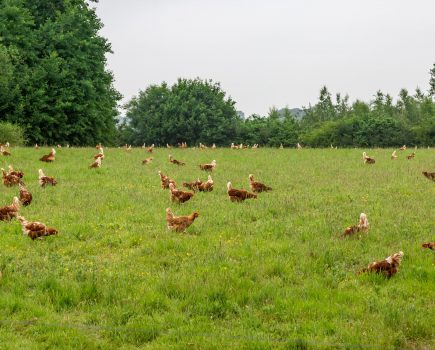We have some free-range hens, but I am a bit confused about the difference between barn, perchery and deep litter systems. Are deep litter and perchery systems types of barn systems or are they different?
Q – We have some free-range hens, but I am a bit confused about the difference between barn, perchery and deep litter systems. Are deep litter and perchery systems types of barn systems or are they different?
John Holmes,via emailA – It can be confusing when something is called by several different names, especially when being marketed. Essentially, all of these are commercial indoor systems and, depending on the layout of the house, can be perchery (with perches) or deep litter, but overall they are barn. During harsh weather, small scale free-range hens appreciate being in the dry (deep litter or perchery) with food and water, however. Those that have not seen snow before will not go out willingly as the ground has changed colour – this is a survival instinct as their colour vision is excellent. If a small amount of food is scattered on the snow, they will eventually venture out and then rather enjoy the novelty, but they soon appreciate being able to eat greens once the snow has retreated. If, like last winter, snows stays some time, then hanging up greens in the hen house will be sensible in order to maintain vitamin A levels with the dark green leaves and protecting the birds from skin or throat infections. Ammonia levels need to be monitored as well so that respiratory problems are reduced: high levels of ammonia paralyse the cilia which are hairs that act like an escalator in the trachea, removing mucus from the lungs. Bacteria and mycoplasma colonise mucus which has not been cleared by the cilia, leading to disease. If you can smell ammonia in the hen house then the levels are too high.







